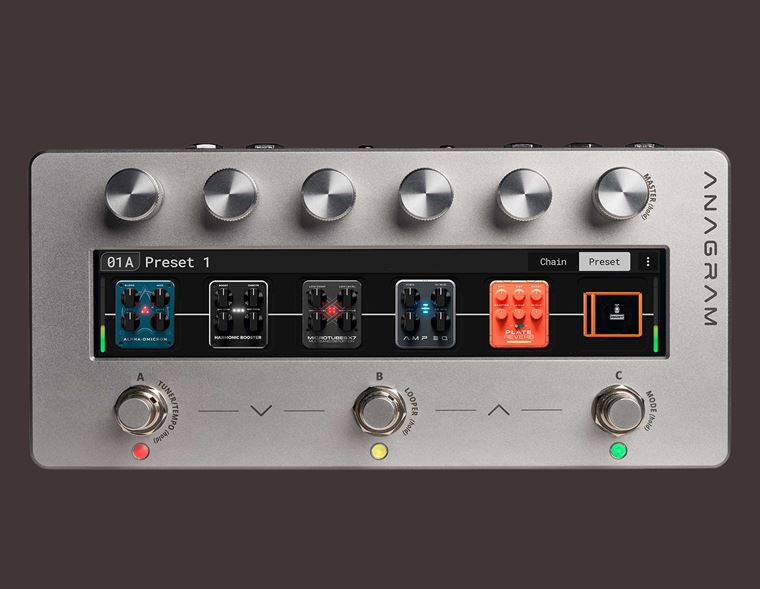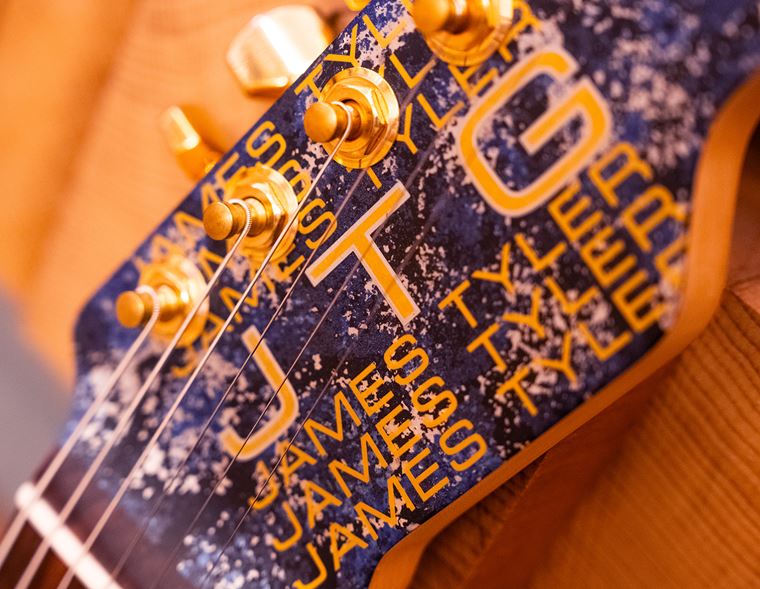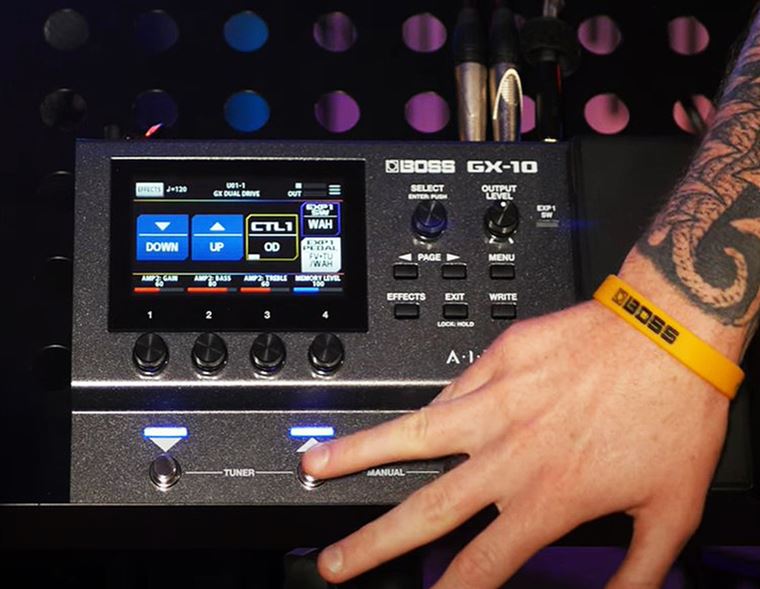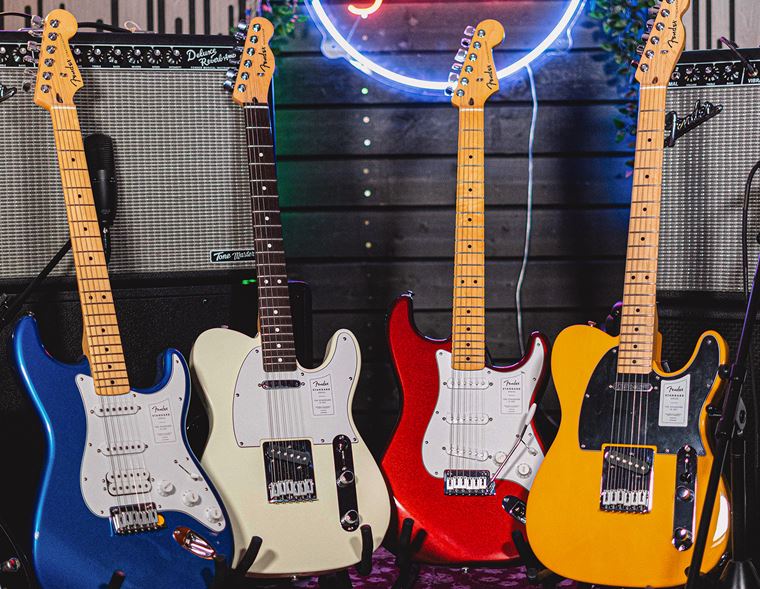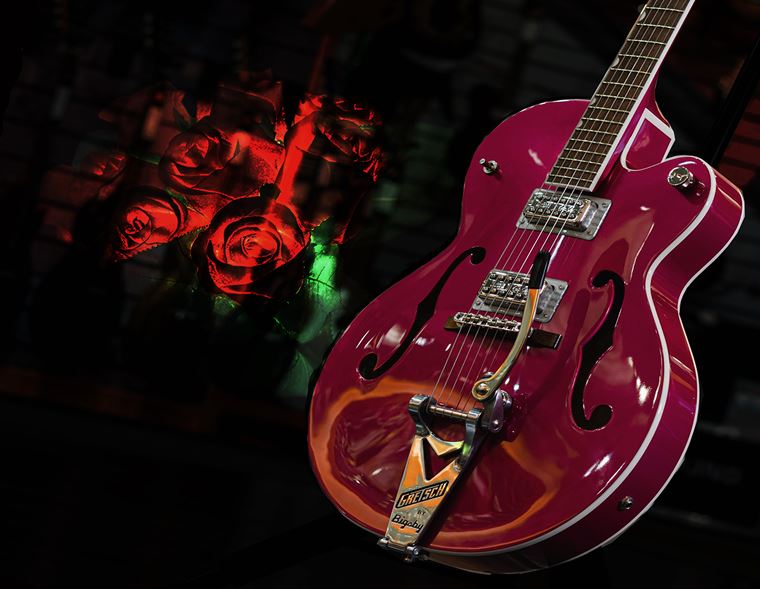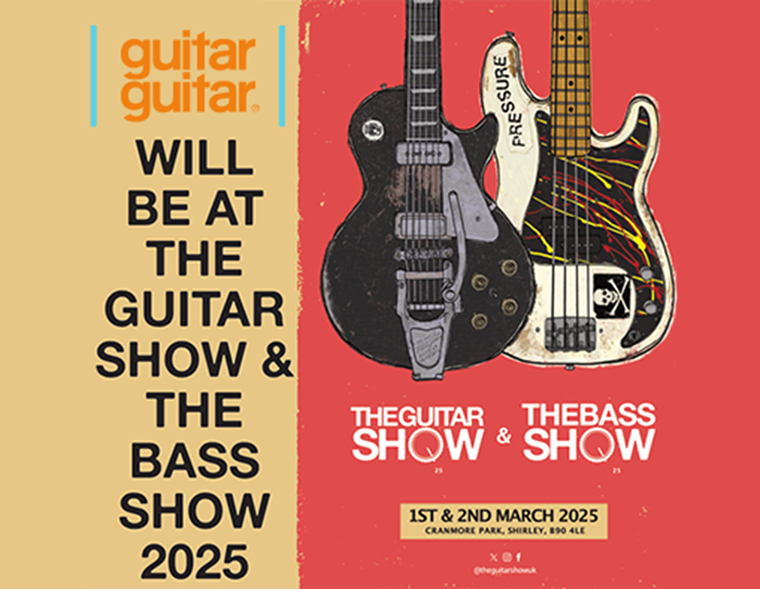Our Top 5 Pedals to Use With Synthesizers
Published on 05 June 2019
It's pedal week at guitarguitar and as part of our 15th birthday, we're celebrating everything to do with pedals.
While they may technically be referred to as guitar pedals, a name alone isn't going to stop an intrepid synth wizard from exploring the cosmos.
So let's take a look at our favourite piano pedals to spice up your mighty synthesizer tones.
1 - Landlord FX - Spinning Room
Spinning Room is the most affordable pedal on this list and it's potentially the most versatile. This tiny pedal features 11 individual effect voices, each with variable speed and depth.
While chorus, flanger and phaser effects are the more obvious styles you'd expect from a modulation pedal, our absolute favourite effect on the Spinning Room is the Vibe.
There are two Vibe voices.
The first is a stunning pitch modulation effect. This is very similar to the sound of the "Wow and Flutter" settings being tweaked on a tape machine. This gives you a drifting and dreamy effect that if used on sounds with a long release will be akin to Boards of Canada, Com Truise and Radiohead.
Vibe 2 is a more subdued version of the first and has a more chorused and flanged flavour. But really, for us, the Vibe 1 effect is really worth the price of the Spinning Room alone!
But wait, there's more!
We absolutely love the tremolos. Trem 1 and 2 are excellent ways to spice up synth pads and electric piano sounds. We also found the Filter to be a tasteful addition that works extremely well for Synthwave swoops. We did find the Vibe and Filter effects most enjoyable with the Level set at 100%. But it can also be useful to play with the Level knob when you're just looking to add a little seasoning to a sound.
Pros
- Vibe 1 really does sound cool
- Very affordable
Cons
- No stereo connections
- Doesn't run on batteries
2 - BOSS RC-1 Loop Station
Loopers are everywhere these days aren't they?
While they may be associated with cringeworthy people who may or may not have referred to themselves in the past as "acoustic rappers", loopers are actually serious fun and can be a catalyst for forming new synth based ideas.
The Boss RC-1 Loop Station is an ideal example for use with synthesizers as you can run in stereo.
The process is simple. Tap the pedal to activate and play a measure of music. Tap the pedal again and it will indefinitely play what you've recorded as a seamless loop. From here you can keep layering, or tap twice to perform on top of the loop without recording.
What's clever about loopers is that they lock into the length of the original loop, so everything stays in sync as it loops around. The RC-1 even allows you to record for longer than the original loop, which will double, quadruple and so on, on top of the length of the original loop.
You actually get 12 whole minutes of stereo recording time. This means you will be able to create some fairly long loops and keep layering on top long before you run out of space.
A good looper isn't going to colour the sound of what you've played and the RC-1 is a great example of this.
However, what sets it apart from other loopers is the Loop display. This ring of lights shows you how long you have left until the loop resolves. This is a great indication of how long you have left to play. If you were to stop playing before the loop length ends, you'd most likely have to start the whole process again. So a loop length indicator is an added feature we love.
There are other loopers out there which offer multiple tracks which can be started, stopped and mixed. The BOSS RC-505 and Electro Harmonix 95000 are excellent examples of what's available.
However, if you're looking for easy to understand pedal that doesn't degrade audio quality, the RC-1 would be the one to go for.
Pros
- Simple to get your head around
- Huge recording times
- Runs in stereo
- Loop length display
Cons
- Can't hold prerecorded loops like the BOSS RC-3
3 - EarthQuaker Devices Data Corrupter
This is by far our favourite pedal on the list. The Data Corrupter is a monophonic analog PLL (phase-locked loop) pedal. It features an electronic circuit that adjusts to match the frequency of the input signal. This means that the oscillator matches the pitch of what you play into it, for example, a guitar, bass or synthesizer. What's cool about this is that you could have the most boring digital keyboard, but play it into this pedal and you have instant analog brutalism.
There are 3 controls to the mixer.
Square is a fuzzed-out square-wave taken from your input signal. You can either turn this signal up or down in the mixer. There are no other controls.
Subharmonic drops the pitch of your input signal and gives you control over the octave or interval of the sub.
Finally, Oscillator gives you control over the main synth section of the pedal, again giving you control over octave and intervals.
There's a lot to tweak on the Data Corrupter, with sounds ranging from Mechagodzilla made of old Moogs, to Unicron from Transformers the Movie eating a big heaping bowl of ARP 2600s. Subtlety isn't an option here!
On top of the 3 sound sections is the Frequency Modulator. This applies pitch-bend modulation to the Master Oscillator, giving you either Glide/Portamento or Vibrato. It's similar to what you would get on most synths, but it really brings another level of excitement to the pedal. There is a certain level of unpredictability to the sound. To be honest, this only makes us love the Data Corrupter more!
Pros
- Sound amazing
- Complete fun
Cons
- Probably not for everyone
- Not that versatile
4 - Neunaber Seraphim Stereo Shimmer
Seraphim Shimmer is the simplest pedal on this list, but that simplicity is very very good.
Seraphim combines a lengthy reverb with a shimmering sound, giving anything you play into it a heavenly tone. The reverb to pedal produces is very tasteful, similar to longer reverbs on a Lexicon 224. The shimmer is produced by a mixture of filtering, delay and pitch modulation.
You're given individual controls over the reverb (depth) and shimmer (shim), as well as "Mix" giving you control over the blend of wet and dry signals. This gives you a great deal of control over how long the reverb should be, or how subtle or in your face the shimmer is.
In all honesty, we love having the shimmer and reverb maxed out. It oozes textures of Vangelis' work on Bladerunner. It's not a sound that going to work on everything, but if you like dreamy reverbs on your pads, or are looking to add a bit of colour and ambience to your palette, the Seraphim is definitely worth checking out.
Pros
- Simple
- Sounds stunning
Cons
- Limited range of sounds
5 - Eventide Space
Eventide Space is a one-stop box for everything Reverb.
Spring, room, chamber, digital, reverse, how many more types of reverb are there?
Apparently, there's a lot more, because Space does them all.
As a pedal to accompany your synth setup, this Eventide will be extremely versatile. From the simplest spring reverbs, to long modulated soundscaping trails, you'll find it hard to find a verb the Space doesn't cater for. It's not all about quantity over quality either. Every single effect within this pedal is world class and highly tweakable. Not only are there a hefty set of controls on the front panel, but in depth sculpting can be executed via the H9 app.
This is probably the one pedal in this list that will work its way into a studio setup. With the ability to run in stereo, it's excellent as an insert effect for vocals, drums and guitars to be patched directly from your DAW. The presets are excellent, but it is also easy to create your own unique vibes.
It is quite hard to describe in words how great this pedal is, because you may have some preconceptions of what a reverb pedal can offer. Have a listen to the video below for an idea of what Space is capable of.
Pros
- Limitless reverb possibilities
Cons
- None

